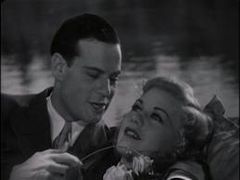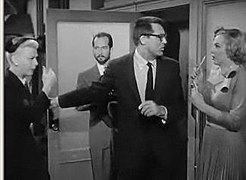
Eve Arden was an American film, radio, stage and television actress. She performed in leading and supporting roles for nearly six decades.

The Gay Divorcee is a 1934 American musical film directed by Mark Sandrich and starring Fred Astaire and Ginger Rogers. It also features Alice Brady, Edward Everett Horton, Eric Blore, and Erik Rhodes. The screenplay was written by George Marion Jr., Dorothy Yost, and Edward Kaufman. It was based on the Broadway musical Gay Divorce, written by Dwight Taylor with Kenneth S. Webb and Samuel Hoffenstein adapting an unproduced play by J. Hartley Manners.

Ginger Rogers was an American actress, dancer and singer during the Golden Age of Hollywood. She won an Academy Award for Best Actress for her starring role in Kitty Foyle (1940), and performed during the 1930s in RKO's musical films with Fred Astaire. Her career continued on stage, radio and television throughout much of the 20th century.

Fred Astaire was an American dancer, actor, singer, choreographer and presenter. He is widely regarded as the "greatest popular-music dancer of all time". He received numerous accolades including an Honorary Academy Award, three Primetime Emmy Awards, a BAFTA Award, two Golden Globe Awards, and a Grammy Award. He was honored with the Film Society of Lincoln Center tribute in 1973, the Kennedy Center Honors in 1978, and AFI Life Achievement Award in 1980. He was inducted into the Hollywood Walk of Fame in 1960, American Theatre Hall of Fame in 1972, and the Television Hall of Fame in 1989.

Adolph Green was an American lyricist and playwright who, with long-time collaborator Betty Comden, penned the screenplays and songs for musicals on Broadway and in Hollywood. Although they were not a romantic couple, they shared a unique comic genius and sophisticated wit that enabled them to forge a six-decade-long partnership. They received numerous accolades including four Tony Awards and nominations for two Academy Awards and a Grammy Award. Green was inducted into the Songwriters Hall of Fame in 1980 and American Theatre Hall of Fame in 1981. Comden and Green received the Kennedy Center Honor in 1991.

Ethel Ruby Keeler was an American actress, dancer, and singer who was paired on-screen with Dick Powell in a string of successful early musicals at Warner Bros., particularly 42nd Street (1933). From 1928 to 1940, she was married to actor and singer Al Jolson. She retired from show business in the 1940s, but made a widely publicized comeback on Broadway in 1971.

Ann Miller was an American actress and dancer. She is best remembered for her work in the classical Hollywood cinema musicals of the 1940s and 1950s. Her early work included roles in Frank Capra's You Can't Take It with You (1938) and the Marx Brothers film Room Service (1938). She later starred in the musical classics Easter Parade (1948), On the Town (1949) and Kiss Me Kate (1953). Her final film role was in Mulholland Drive (2001).

42nd Street is a 1933 American pre-Code musical film directed by Lloyd Bacon, with songs by Harry Warren (music) and Al Dubin (lyrics). The film's numbers were staged and choreographed by Busby Berkeley. It starred an ensemble cast of Warner Baxter, Bebe Daniels, George Brent, Ruby Keeler, Dick Powell, and Ginger Rogers.

Swing Time is a 1936 American musical comedy film, the sixth of ten starring Fred Astaire and Ginger Rogers. Directed by George Stevens for RKO, it features Helen Broderick, Victor Moore, Betty Furness, Eric Blore and Georges Metaxa, with music by Jerome Kern and lyrics by Dorothy Fields. Set mainly in New York City, the film follows a gambler and dancer, "Lucky" (Astaire), who is trying to raise money to secure his marriage when he meets dance instructor Penny (Rogers) and begins dancing with her; the two soon fall in love and are forced to reconcile their feelings.

Mildred Frances Cook, known professionally as Carole Cook, was an American actress, active on screen and stage, best known for appearances on Lucille Ball's comedy television series The Lucy Show and Here's Lucy.
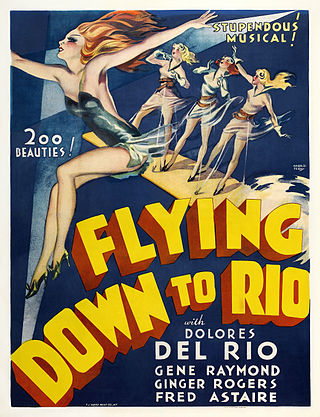
Flying Down to Rio is a 1933 American pre-Code RKO musical film famous for being the first screen pairing of Fred Astaire and Ginger Rogers, although lead actors Dolores del Río and Gene Raymond received top billing. Among the featured players are Franklin Pangborn and Eric Blore. The songs in the film were written by Vincent Youmans (music), Gus Kahn and Edward Eliscu (lyrics), with musical direction and additional music by Max Steiner. During the 7th Academy Awards, the film was nominated for the new category of Best Original Song for "Carioca", but it lost to "The Continental" from The Gay Divorcee, the next Astaire and Rogers film.
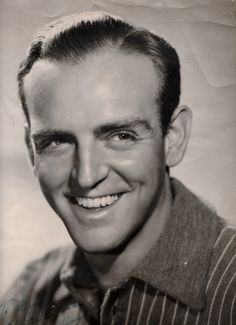
Hermes Pan was an American dancer and choreographer, principally remembered as Fred Astaire's choreographic collaborator on the famous 1930s movie musicals starring Astaire and Ginger Rogers. He worked on nearly two dozen films and TV shows with Astaire. He won both an Oscar and an Emmy for his dance direction.
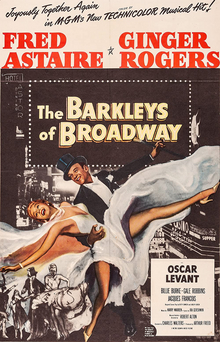
The Barkleys of Broadway is a 1949 American Technicolor musical comedy film from the Arthur Freed unit at Metro-Goldwyn-Mayer that reunited Fred Astaire and Ginger Rogers after ten years apart. Directed by Charles Walters, the screenplay is by Betty Comden, Adolph Green, and Sidney Sheldon, the songs are by Harry Warren (music) and Ira Gershwin (lyrics) with the addition of "They Can't Take That Away from Me" by George and Ira Gershwin, and the choreography was created by Robert Alton and Hermes Pan. Also featured in the cast were Oscar Levant, Billie Burke, Jacques François and Gale Robbins. It is the last film that Astaire and Rogers made together, and their only film together in color. Rogers came in as a last-minute replacement for Judy Garland, whose frequent absences due to a dependence on prescription medication cost her the role.

This is a comprehensive guide to over one hundred and fifty of Fred Astaire's solo and partnered dances compiled from his thirty-one Hollywood musical comedy films produced between 1933 and 1968, his four television specials and his television appearances on The Hollywood Palace and Bob Hope Presents the Chrysler Theatre which cover the period from 1958 to 1968. Further information on the dance routines may be obtained, where available, by clicking on the film links.
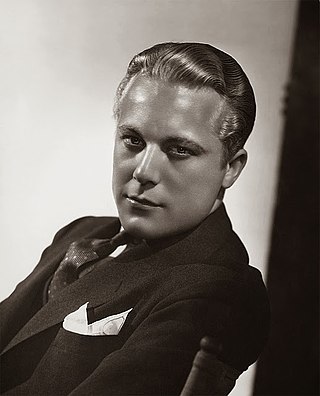
Gene Raymond was an American film, television, and stage actor of the 1930s and 1940s. In addition to acting, Raymond was also a singer, composer, screenwriter, director, producer, and decorated military pilot.
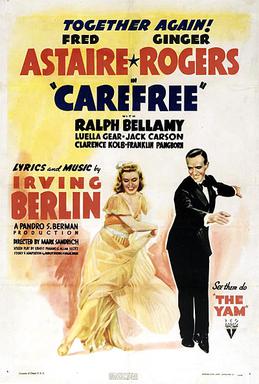
Carefree is a 1938 American musical comedy film directed by Mark Sandrich and starring Fred Astaire, Ginger Rogers and Ralph Bellamy. With a plot similar to screwball comedies of the period, Carefree is the shortest of the Astaire-Rogers films, featuring only four musical numbers. Carefree is often remembered as the film in which Astaire and Rogers shared a long on-screen kiss at the conclusion of their dance to "I Used to Be Color Blind," all previous kisses having been either quick pecks or simply implied.

Claire Luce was an American stage and screen actress, dancer and singer. Among her few films were Up the River (1930), directed by John Ford and starring Spencer Tracy and Humphrey Bogart in their feature film debuts, and Under Secret Orders, the English-language version of G. W. Pabst's French-language feature, Salonique, nid d'espions (1937).
Thornton Freeland was an American film director who directed 26 British and American films in a career that lasted from 1924 to 1949.

Fred Astaire and Ginger Rogers were dance partners in a total of 10 films, nine of them released by RKO Radio Pictures from 1933 to 1939, and one, The Barkleys of Broadway, by Metro-Goldwyn-Mayer in 1949, their only film in Technicolor.
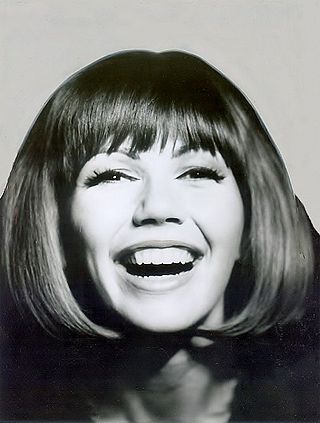
Jennifer Gan was an American stage, film and television actress. She appeared in sixteen film and TV titles in the 1960s and early 1970s.


